This story was written on behalf of the Institute of Marine Affairs by Isabelle Chen, Research Technician.
The Institute of Marine Affairs (IMA) is advising beachgoers in Trinidad and Tobago to be cautious of rough seas for the rest of April.
While April is a popular month for people to visit the beach because of the Easter period, the IMA is reminding people that beaches in T&T experience heightened wave energy during April due to the Northern hemisphere’s winter which increases the likelihood of strong nearshore currents that pose a threat to beach goers.
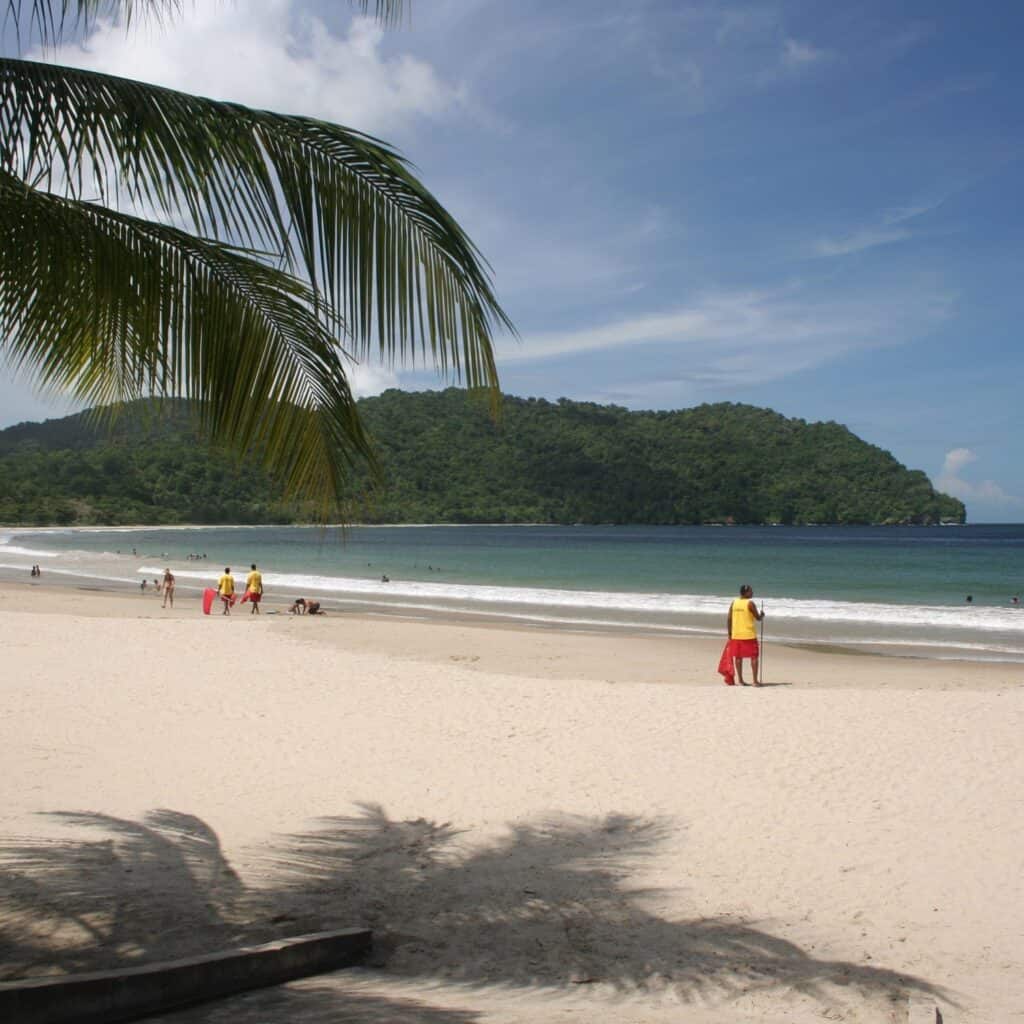
What are rip currents?
Often responsible for drownings, rip currents are powerful flows of water moving towards the open sea that can drag unsuspecting bathers out to sea.
A prevailing hazard along Trinidad and Tobago’s coastlines, rip currents occur in pocket beaches with moderate to high wave energy.
Beachgoers are more likely to spot these currents at popular beaches along Trinidad’s North Coast (Maracas, Las Cuevas, Tyrico) and East Coast (Manzanilla, Mayaro).
Rip currents also occur on both the leeward and windward coasts of Tobago at beaches that are not protected by coral reef systems.
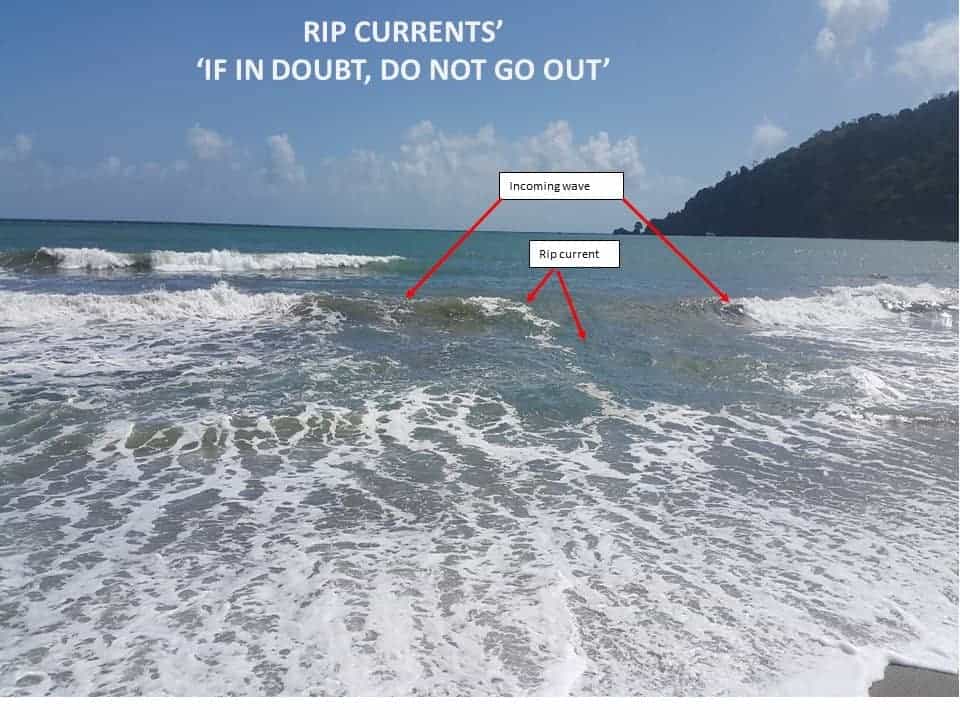
Spotting a rip current:
If you are visiting a beach that does not have an attending lifeguard, here are some signs to look out for to identify a rip current:
- Areas of choppy waves
- A line of floating debris or seaweed extending seawards- these floating items are demarcating the flow of water out to sea
- Cloudy patches of water and sand plumes- brown/ sand coloured patches of water that extend seawards
If any of the above conditions are observed, avoid swimming in those areas as there is a high likelihood of a rip current. Beachgoers are always encouraged to be observant of their surroundings. Always remember, ‘If in doubt, don’t go out’.
Five facts about rip currents:
Fact #1: Rip Currents are dangerous for even the strongest of swimmers

These powerful currents move extremely fast with speeds of up to 2 metres per second being recorded. Regardless of swimming experience, rip currents are a threat to all beachgoers.
Fact #2: Rip currents can occur in shallow waters
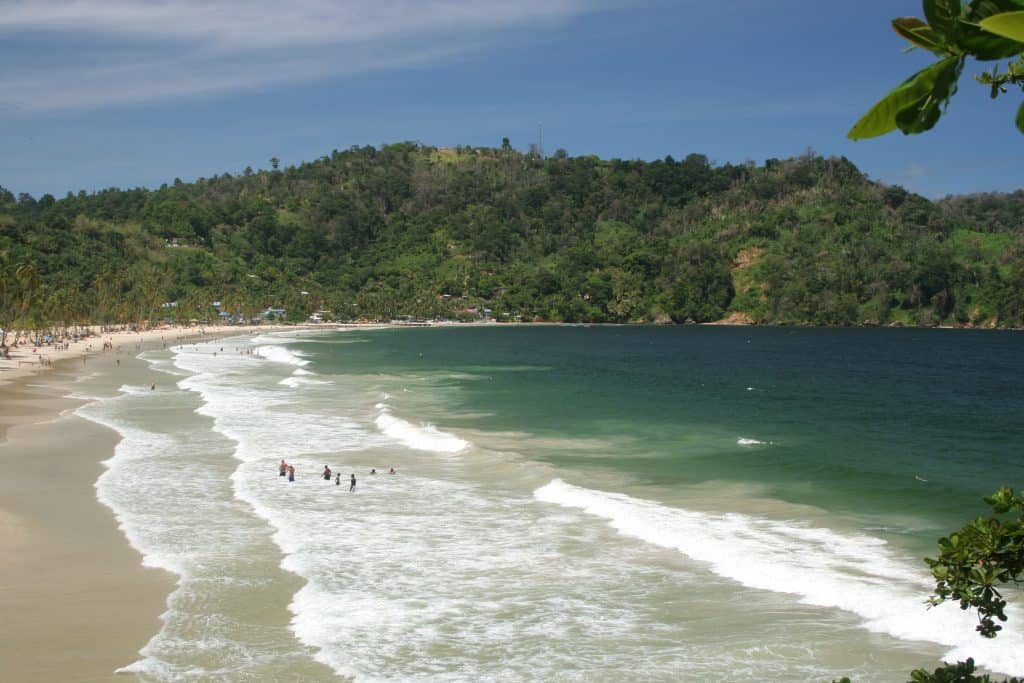
A common misconception is that rip currents only occur far out to sea. In reality, rip currents occur in close proximity to breaking waves, in relatively shallow waters.
Fact #3: Rip currents can occur in all kinds of weather and sea conditions
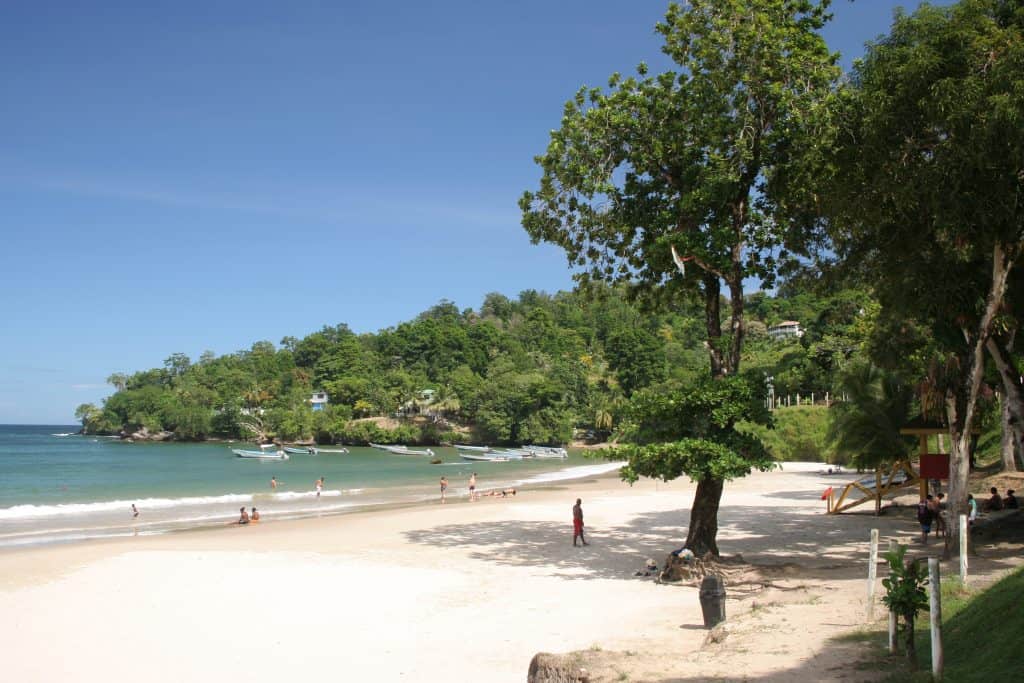
Another misconception is that rip currents only occur during periods of bad weather and rough seas. In reality, rip currents can form on even the sunniest days with calm sea conditions and small waves.
Fact #4: Rip Currents are not always visible
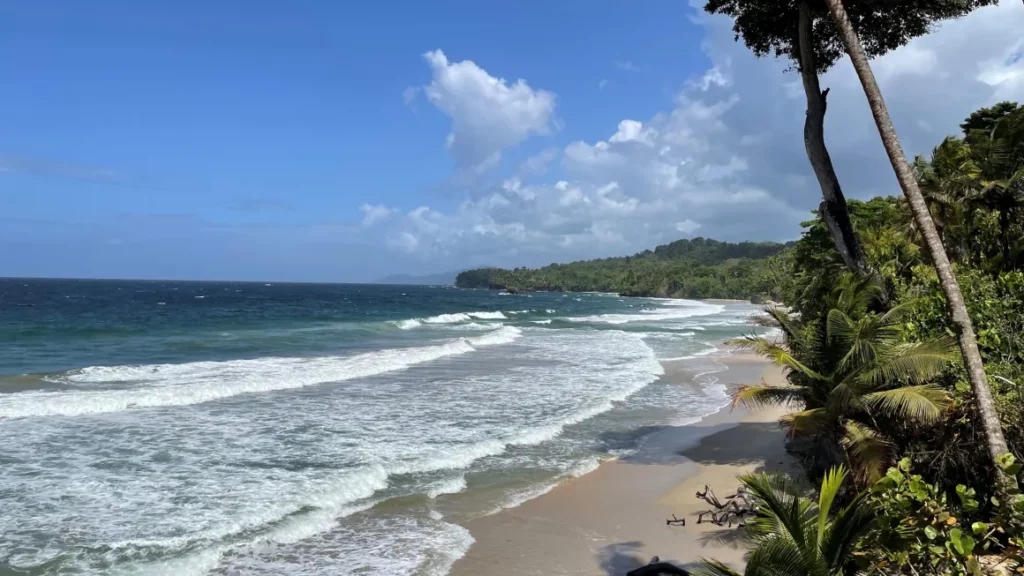
Spotting a rip current can be extremely difficult, especially on days when the sea is calm and generally unsuspecting. It is important to observe the prevailing sea conditions when visiting the beach, be observant, obey lifeguards and avoid red flag areas.
Fact #5: If stuck in a rip current, remain calm & swim parallel to the shoreline
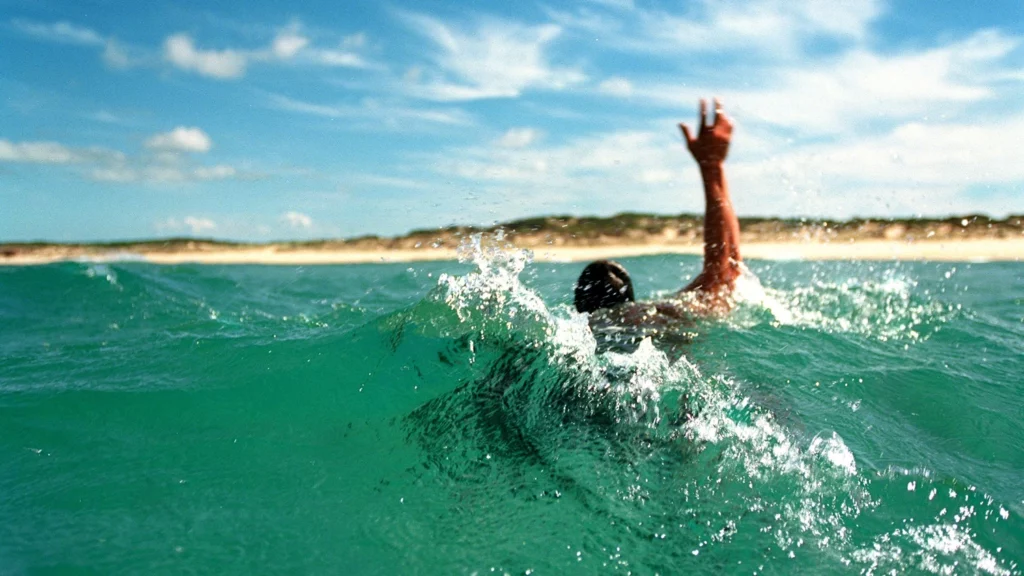
If stuck in a rip current, try not to panic as this can lead to over exertion and increase your chances of drowning. DO NOT swim directly against the current back to shore, stay calm and begin to swim in a direction parallel to the shoreline. When you no longer feel the pull of the current turn and calmly swim back to shore.





